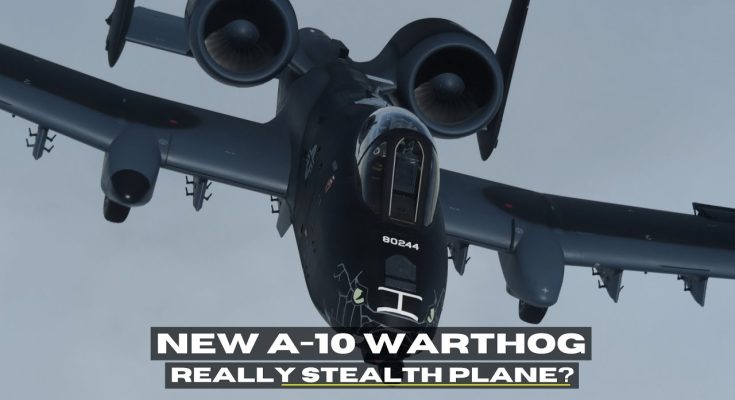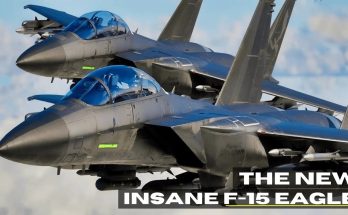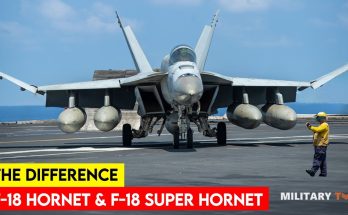The A-10 Warthog, officially known as the Fairchild Republic A-10 Thunderbolt II, was not designed with stealth in mind for several key reasons, primarily related to its intended mission, design philosophy, and the era in which it was developed.
-
Close Air Support Focus: The A-10 was specifically designed to provide close air support (CAS) for ground troops. This involves attacking tanks, armored vehicles, and other ground targets, often in a battlefield environment where stealth would not be as important. The aircraft’s primary role is to support friendly forces in direct combat zones, and stealth features are generally more valuable in missions like deep strikes into enemy territory, where the goal is to avoid detection by enemy radar or air defenses.
-
Survivability Over Stealth: One of the A-10’s main design considerations was survivability in a hostile environment. The aircraft was designed to withstand significant battle damage and keep flying. Features like armor protection, including a titanium “bathtub” around the pilot, and redundancy in critical systems were prioritized. In contrast, stealth often requires complex shaping, radar-absorbing materials, and a reduction in the aircraft’s overall durability. The A-10’s ruggedness and ability to take damage and continue its mission made stealth a lower priority.
-
Era of Development: The A-10 was designed in the early 1970s, a time when stealth technology was in its infancy. The F-117 Nighthawk and B-2 Spirit would be some of the first aircraft designed with stealth as a primary feature, and those projects wouldn’t come to fruition until the 1980s and 1990s. At the time the A-10 was designed, the focus was on more conventional aircraft with good agility, firepower, and survivability. The need for stealth wasn’t as pressing for the A-10’s role, which was primarily in environments where it could rely on its ability to take damage and still complete its mission.
-
Low and Slow Flight Profile: The A-10 operates at low altitudes and relatively slow speeds, often flying directly over the battlefield. Stealth is most effective when combined with high-speed, high-altitude flight profiles or evasive maneuvers to avoid detection. The A-10’s design, with its straight wing, large engines, and prominent airframe, is not conducive to stealth technology, which relies on reducing radar cross-section. The aircraft’s mission didn’t require the high-level evasion that stealth would provide, making it more efficient to focus on other aspects of the design.
-
Firepower and Payload: The A-10’s most famous feature is its GAU-8 Avenger 30mm rotary cannon, which is incredibly effective against armored vehicles. This large, powerful weapon and its associated payload require a certain kind of design that prioritizes heavy weaponry, durability, and stability over radar-evading capabilities. The aircraft’s overall weight and structure are optimized for this kind of firepower rather than minimizing its radar signature.
-
Ground-Based Threats: The A-10 was designed to engage targets primarily from the ground level. While it faces threats from ground-based anti-aircraft systems, it was expected to operate in more permissive environments or under the protection of other assets, such as air superiority fighters. For these scenarios, stealth wasn’t as critical because the A-10 was generally used in environments where other aircraft were handling the anti-air threats, and the primary focus was on the aircraft’s ability to deliver precision firepower to support ground forces.
In short, the A-10 was designed for survivability, firepower, and close air support in a hostile environment, not for evading radar detection or conducting high-risk deep penetration missions, which is where stealth is most useful. The aircraft’s durability, weapons load, and ability to operate in a contested environment were seen as more important than making it a stealth aircraft.



